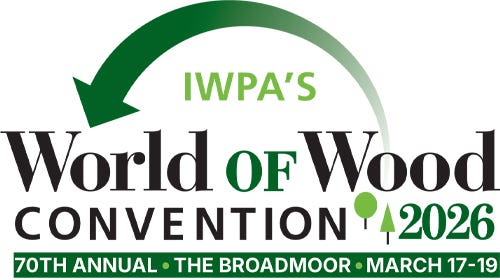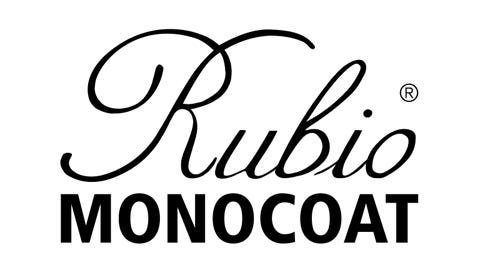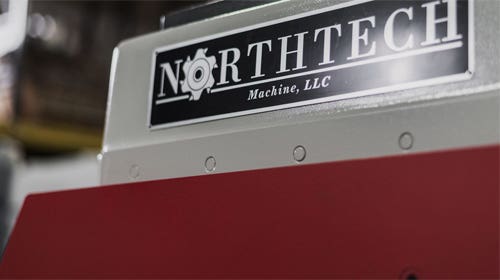EPA eliminates opt-out of lead paint rule
Associations for the renovation and remodeling industries are speaking out about a recent change in the rules governing lead paint, requiring anyone who works on a pre-1978 house to be…
Associations for the renovation and remodeling industries are speaking out about a recent change in the rules governing lead paint, requiring anyone who works on a pre-1978 house to be certified. In April, the Environmental Protection Agency removed the "opt-out" provision from the 2008 Lead Renovation, Repair and Painting Rule, an update which becomes effective 60 days after its announcement.
By removing the provision, renovation firms will no longer be exempt from the training and safety practice requirements of the rule. The provision had allowed homeowners to decline the mandate for remodelers working on their pre-1978 home, provided there were no children younger than six years of age or a pregnant woman in the residence.
"The law applies to anyone working on a pre-1978 house and specifically says that if you're going to disturb more than six square feet of paint on the interior or remove a window or a door, you have to comply with the work processes and procedures of the rule. And if you're working on the outside of a home, if you're going to disturb more than 20 square feet of lead paint or remove a window or work on doors in the exterior, then you have to comply with the rules and work practices specified in the rules," says Dan Taddei, director of education and certification for the National Association of the Remodeling Industry.
The NARI estimates that 58 percent of homes built before 1978 will now have these work practices applied to them unless it can be proven there's no lead paint in the house.
"What ends up happening is because you're spending more money on this lead containment, there's less money to do the actual remodel. I think it's going to reduce the jobs available to our members who will comply with the rule. They will face homeowners deciding to do projects on their own now because of the additional costs.
"Certainly our member see the elimination of the opt-out as possibly affecting the number of jobs they have available to them. The homeowner has a fixed amount of money to spend and this requirement cuts into it," says Taddei, who also discussed the breakdown of costs for compliance.
A company needs to be certified by the EPA at a cost of $300. Then it has to have its work force trained and certified. Depending on the company's location, it will cost between $200 and $300 per employee, plus the employee's wages for that day. A company must also purchase the proper equipment to meet the EPA requirements, including a HEPA vacuum and non-reusable liners to protect and contain the work area. In addition, there are disposal costs for hazardous materials and time-consuming record-keeping responsibilities.
"We're looking at the cost of a project going up 10 to 15 percent. Replacing windows is probably the most expensive increase," says Taddei.
In late April, the EPA proposed two amendments to the rule that are open to 60 days of public comment. The first requires dust wipe testing for completed renovations. The second applies lead-safe work practices and training requirements to public and commercial buildings. The amendments could take effect in 2011 and 2013, respectively.
For information, visit www.epa.gov/lead/new.htm or www.nari.org.
— Jennifer Hicks







